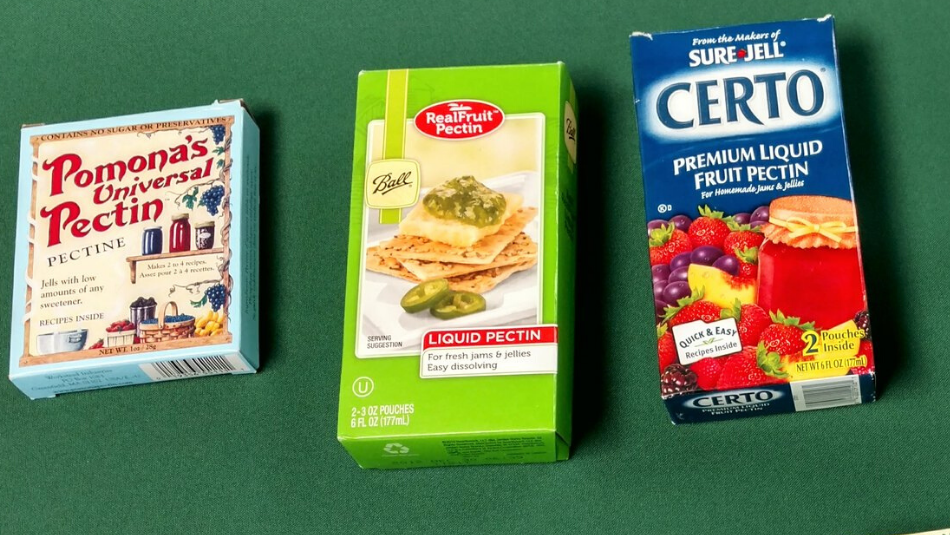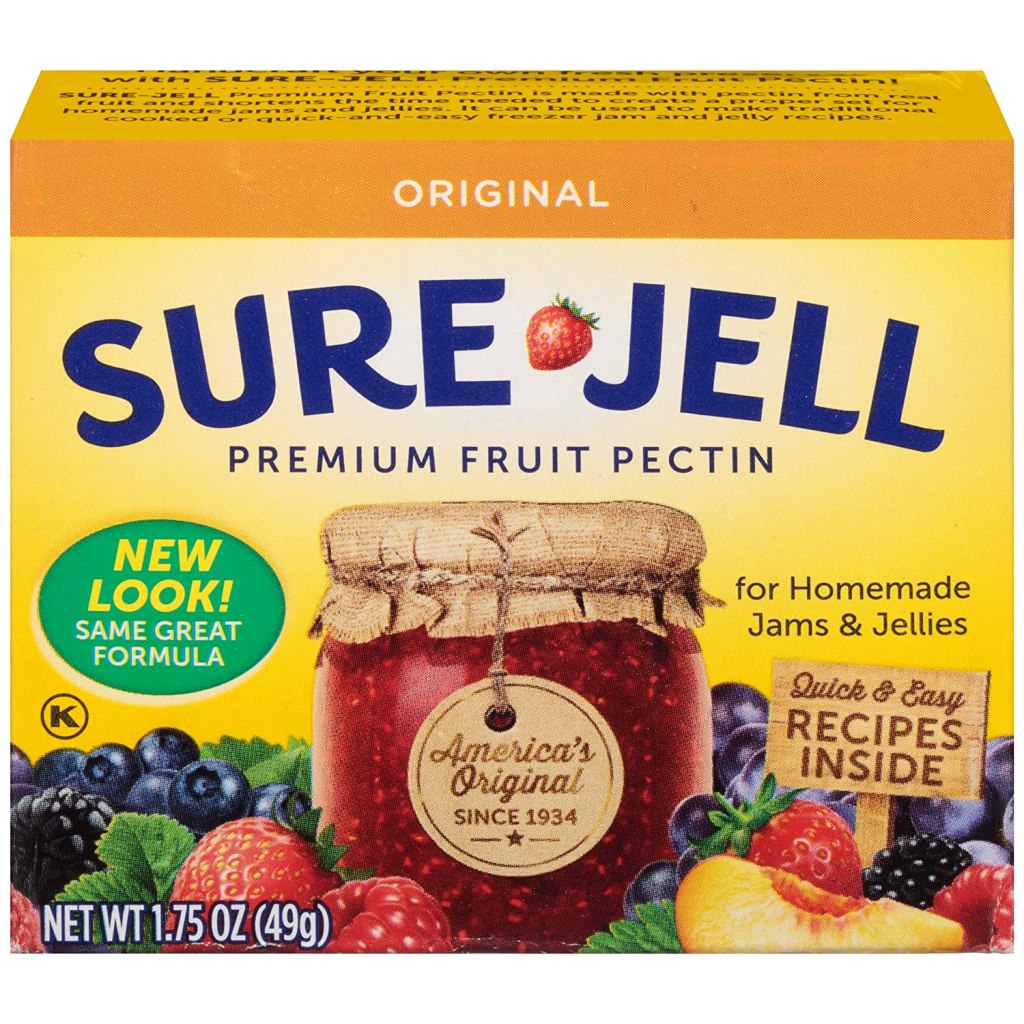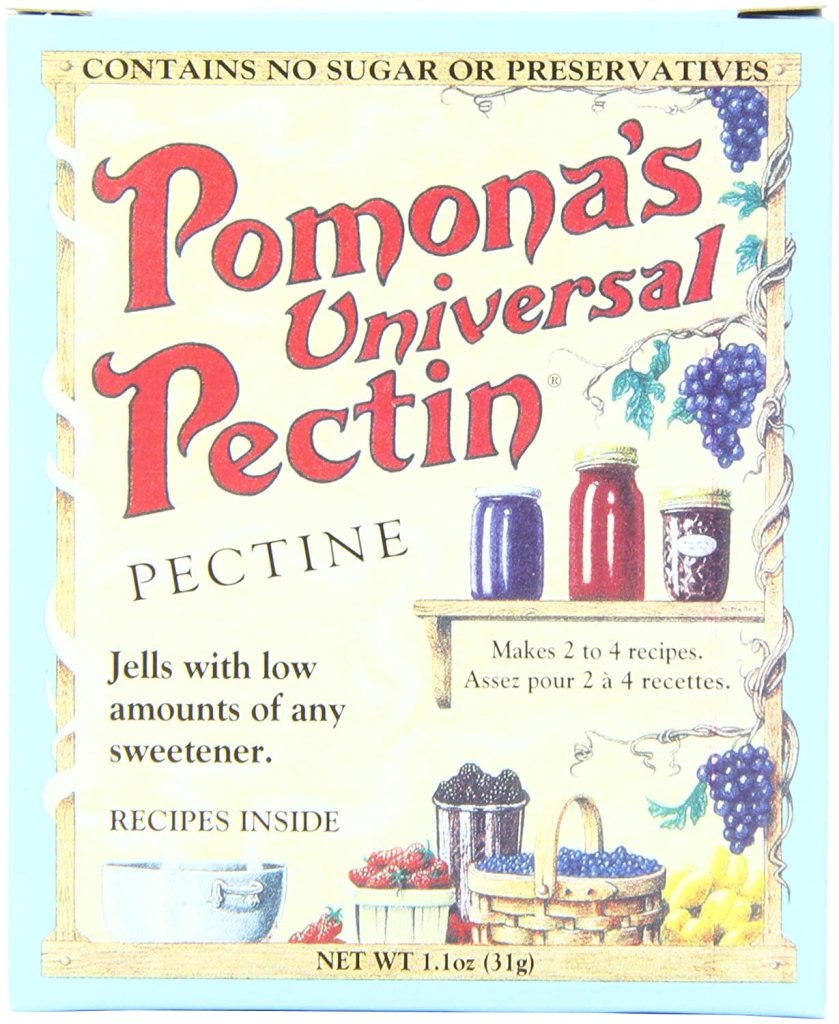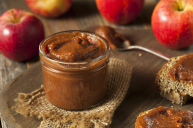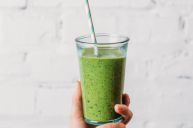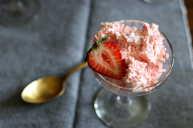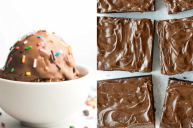Berries are starting to show up at farmer's markets and pick your own places, which means it's time to make some jellies and jams. If you've ever tried to make strawberry jam and it didn't, well, jam, then you probably need to check your pectin. What is pectin? It's a thickening agent that makes jellies and jams set into the perfect breakfast condiment.
For a jam or jelly to get the right texture, you usually need to add something to make it thicker. You want something that will give homemade jam a good consistency, without changing the taste. But since you're not making jello, you don't want to use gelatin.
If you've never used fruit pectin before, here's everything you need to know about this important ingredient, including where to buy it, how to use it and even how to make your own.
What is Pectin?
Pectin is a naturally-occurring chemical, a type of starch known as a polysaccharide, that is found in fruit. When you add pectin, sugar, and heat, it helps create a thicker, semi-solid texture to your recipe. Different types of fruit have different levels of pectin content, so not every jelly or jam recipe needs it.
This thickener is made from apples or citrus fruits, two fruits with the highest amount of pectin. Unlike gelatin, pectin is vegetarian and vegan, since it's made entirely from plants. It doesn't add any calories to your recipe.
There are different types, with different uses for each:
- HM pectin (high methoxyl) is the kind you'll find most often in regular grocery stores, either as "rapid-set" or "slow-set." Use the first when you have a jam or jelly that works with a higher temperature; it generally takes less time to set. Use the slow-set for recipes like smooth jellies that work better with lower heat and a longer cooking time. You do have to use sugar with this kind.
- LM pectin (low methoxyl) is also made from citrus peels, but this is the kind of pectin you use when you want to skip the sugar. It uses calcium instead of a sweetener to activate the pectin.
- You may find modified citrus pectin, or MCP, which is a dry pectin used in low or no sugar recipes. You'll also see liquid pectin; it works the same way as dry pectin, but it doesn't last as long. It's generally sold dry, with a packet of pectin and a packet of calcium powder; the two are mixed with water and then added to your recipe.
- Apple pectin is, as the name suggests, made from apples. Usually sold as a powder, it's an excellent food stabilizer. It's also used as a gelling agent in some medicines.
How to Use Pectin
Technically, you can make marmalades, jellies and jam without any kind of thickening agent, even in fruits with low pectin content, but you'll need more time and more sugar. It's much faster and easier to use commercial pectin.
What kind you use determines when you add it in the cooking process. HM pectin needs to be cooked longer at a higher temperature, while LM pectin works at a lower temperature so it can be added later. Liquid pectin is generally added at the end of cooking.
It's best to follow the recipe for how much and what kind to use. You can always add a little more if your jam isn't thickening well, or add less the next time you make the recipe.
Which fruits need it for jellies and jams
Citrus, apples, cranberries, quinces, gooseberries and some grapes and plums don't need an added thickener. Strawberries, peaches, apricots, cherries, blueberries and pears do need some kind of thickening agent to let the jam or jelly set. Other fruits, including blackberries and raspberries, may or may not need the extra help, depending on how ripe they are.
Where to buy and substitutes
Most grocery stores will sell at least one kind of pectin. Look in the canning section, near canning jars and lids. Smaller natural food stores or organic grocery stores will also sell it, though they may limit the brands they offer.
The dry version will keep for while, but it does lose thickening power over time. If you have a box that's past its expiration date, it's still safe to use, but it may not work to thicken your jam. The liquid version, once open or mixed, only keeps for a few days in the refrigerator.
You can try your hand at homemade pectin if you don't want to buy it (here's a recipe), but you can also use this trick. Take the peel and seeds from any citrus fruit, wrap it in cheesecloth and drop it in your jelly or jam while it cooks. Because citrus peels and seeds like oranges, grapefruits, lemons and limes are high in pectin, adding them to your jam while it cooks lets the natural pectin cook into the fruit mixture. Just make sure to remove them before you store the jam.
Making homemade jam and jelly isn't hard, so give it a try. Remember, if your jam or jelly doesn't set, it's okay. All that means is you need some ice cream or a cake or waffles to pour your tasty fruit sauce over.
